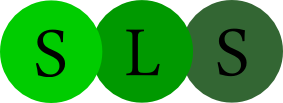Within and Beyond the Walls: Sustainability Implications of Educational Technology Infrastructure
Owen McGrath, University of California, Berkeley
Introduction
The New Auditorium
The Experimental Classroom
A Classroom Passed By
Beyond Walls
Of the three sites in this chapter, the newest chronologically happens also to be the oldest historically in terms of its architectural form and function. The 299-seat auditorium inside the Li Ka Shing (LKS) Center for Biomedical and Health Sciences repeats a basic pattern from antiquity, with a stage area facing a semi-circular shell of seating sections separated by a diazoma. Instead of a proscenium, the fourth wall of the auditorium frames sliding track whiteboards and tab-tensioned projection screens. This auditorium, like several others on the campus, can accommodate special events but is designed primarily for lecture classes. Class meetings scheduled in the auditorium are typically for large enrollment, lower-division courses. 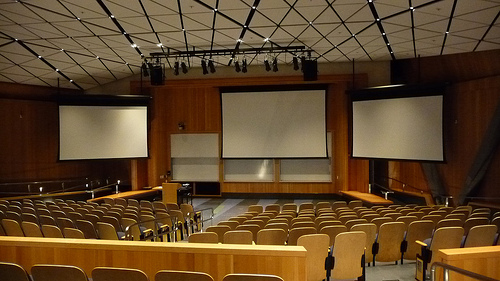 The format varies somewhat from department to department, but almost always the classes in the auditorium are delivered as ninety-minute-long lectures by a professor on the stage facing the students in the seats.
The format varies somewhat from department to department, but almost always the classes in the auditorium are delivered as ninety-minute-long lectures by a professor on the stage facing the students in the seats.
Figure 1: The new auditorium, Li Ka Shing Center for Biomedical and Health Sciences.
In the fall of 2012, one course scheduled in the auditorium made a noticeable departure from this typical pattern. What differed markedly about Computer Science 169 were the changes in both audience and presentation format brought about by the instructor's decision that the course would also be offered as a MOOC. Now, in addition to the registered students who attended the lectures in person in the auditorium, hundreds of non-matriculated students from around the world would participate in the course on-line throughout the fifteen-week semester. While the auditorium was being used for face-to-face lectures attended by the locally enrolled students at the university, it was simultaneously a studio for MOOC media production so that the lectures could be re-presented online, along with other learning materials for the remote users around the world. Every moment of the live lecture was captured by camera operators and technicians in the auditorium. As the students filed out of the hall at the end of lecture, the technicians checked and reviewed the captured media to make sure they were complete. Within an hour or so, copies of the raw media files were transported across the country via the Internet to the MOOC production headquarters in Cambridge, Massachusetts. Once there, the video files were broken up into smaller segments so they could be integrated into the MOOC course management system and made available on the Internet via a site set up and maintained by the consortium.
The MOOC system used for the course held in LKS auditorium system was provided by one of several MOOC consortia with fast growing membership. In the months leading up to the opening of the new auditorium, many colleges and universities around the world had moved quickly to embrace the new category of “massively open” courses. The various MOOC systems involved all make use of technologies and functions (e.g., content repository, bulletin board, Dropbox) that had already seen wide adoption by higher education in the previous decade (McGrath, 2008). Sharing university lectures in screencast and video format was also not new. The higher education open-content movement had embraced lecture capture as an important learning object early on. What makes MOOCs new and different is their approach to enrolling non-matriculated students who participate in the course remotely as it is being taught. Comparing the different MOOC consortia, the major differences to be found are in the profit/not-for-profit distinction and their approaches to offering credit.
 |
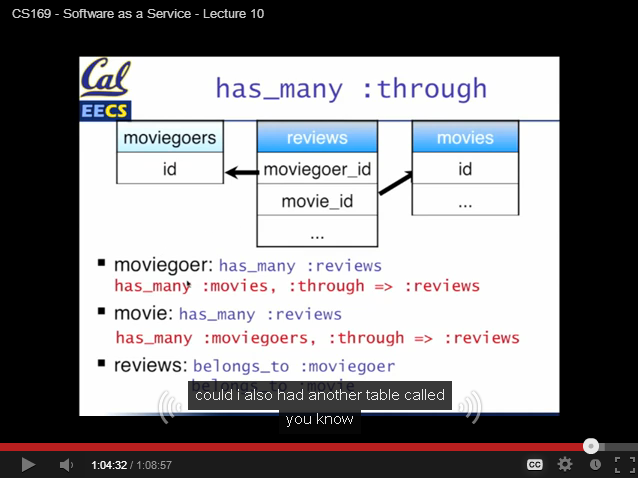 |
Figure 2a and 2b: Screen captures of BerkeleyX MOOC gateway and CS 169 video presentation. |
|
A distinguishing feature of MOOCs from a user experience perspective is their particular approach to using video as an instructional format. MOOCs tend to rely heavily on shorter segments of instruction on discrete topics. Unlike older full-length academic lecture capture formats, MOOC video objects tend toward fairly self-contained 10-to-15-minute presentation units, which is a pacing originally made popular by Khan Academy. As a result, this short segment approach requires significant changes to the teaching preparation and delivery in order for a traditional course to be adapted to MOOC. The instructors for CS 169, for instance, planned and adjusted their lectures so that the topic presentations were bounded into 10-15 minute segments. For the students in the auditorium seats, these breaks may not have been obvious, amounting to no more than a pause in the lecture followed by a topic change.
Another crucial difference in processing and post-production editing of video for the MOOC would prove much more troublesome from a technical perspective. In the past, when the university produced lecture captures as a service, the two main audiences had always been distinct. For students enrolled in the classes at the university, the captured lectures were seen as just a convenient supplement to their in-person experience. For the world-wide audience viewing through various open content media distribution sites, the captured lectures were available on an as-is basis. There was no institutional commitment or viewer expectation beyond the content being freely available and easily discoverable.
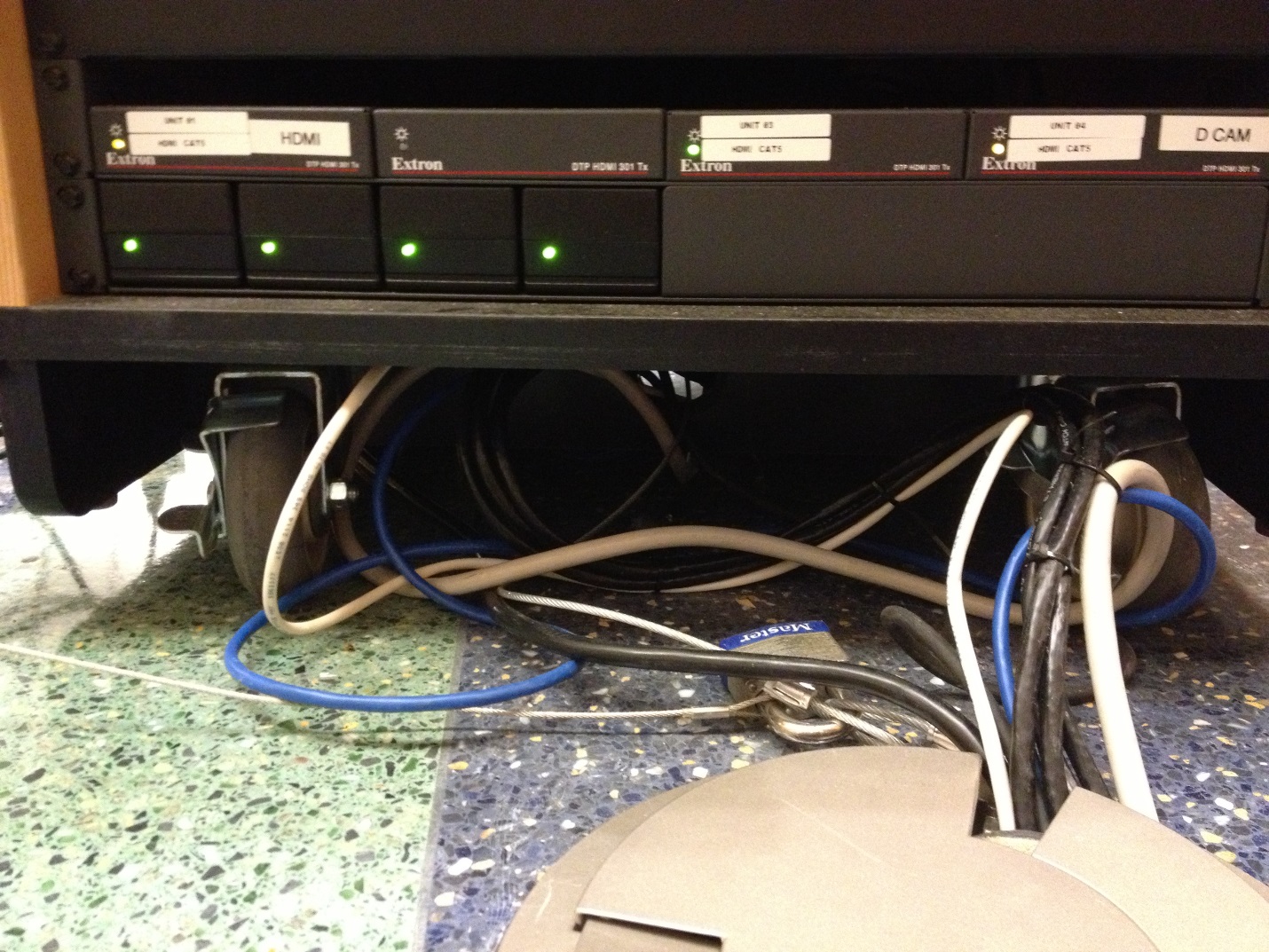 |
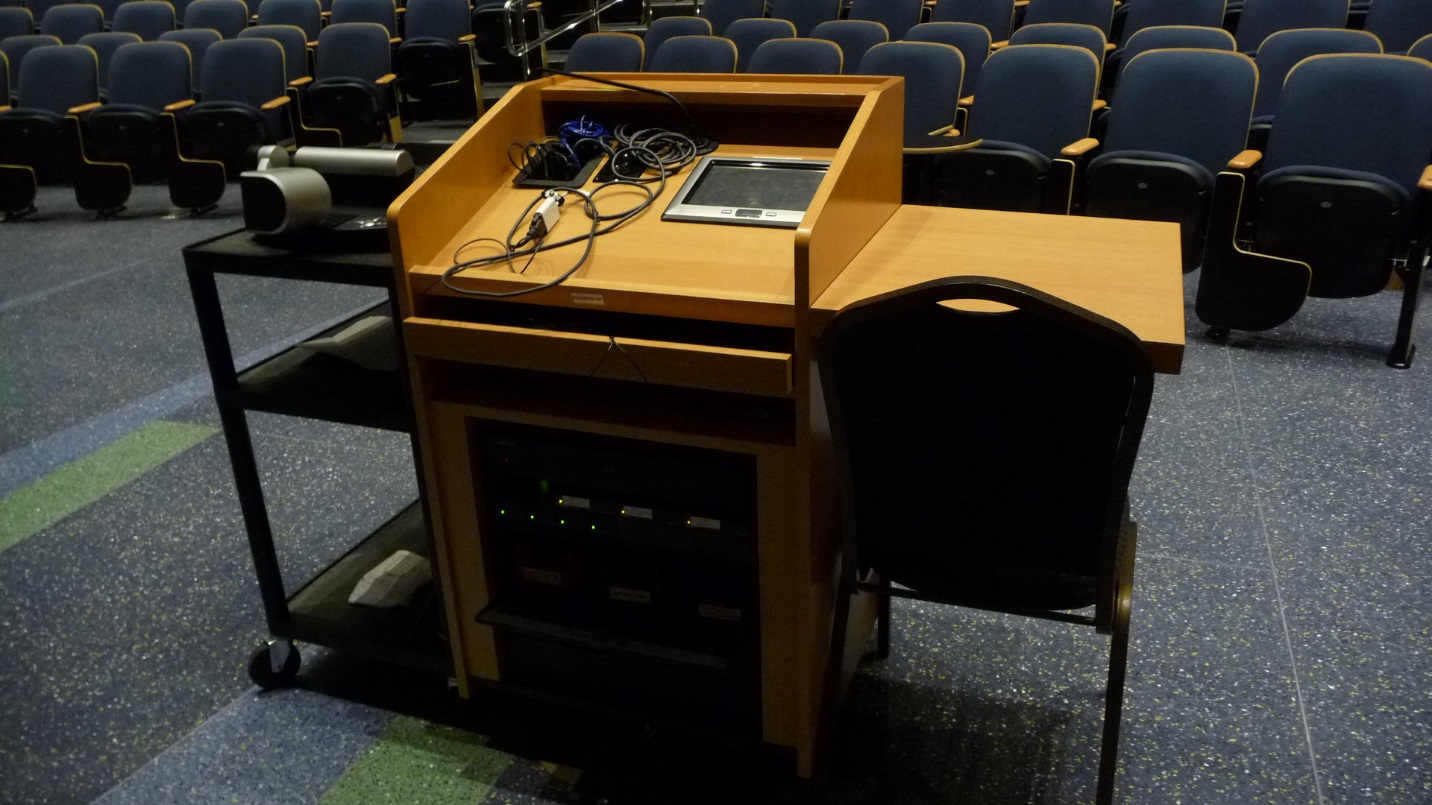 |
 |
Figure 3a, 3b, 3 c: Cabling, equipment, and schematics from the ongoing upgrades in the new auditorium. |
||
With the MOOC, however, the enrolled audience and the remote audience now were suddenly melded in a new way. For the remote participants in the MOOC, the lecture captures served as their sole access to the core instructional presentations of the course. They had no face-to-face experience. Hence, the quality of the captured video and audio needed to be as high as possible. This difference brought with it momentous new requirements in production values and post-production processing. Unfortunately, the newly opened auditorium’s A/V-IT systems had been planned and installed for the older form of lecture capture where expectations weren’t so high. Faced suddenly with requirements for a much higher quality production, a team of A/V-IT engineers would spend months scrambling to retrofit the auditorium even while MOOC production was underway. Along the way, brand new equipment would be pulled out, newer rush-ordered parts would be installed and tried out. Hundreds of feet of new cabling would need to be re-pulled from the presenter’s podium down through the floor, up the walls, and across the auditorium ceiling in a one hundred and fifty foot run to the control room. By the end of the first year, tens of thousands of dollars in equipment and labor had been expended. Although the immediate quality issues had been alleviated for the computer science class, it had become clear that the auditorium would remain in a perpetual state of upgrade for the foreseeable future. With unexpected new use case requirements and new technology standards emerging so quickly, the race to keep up through A/V-IT upgrades is in a sense never over.
